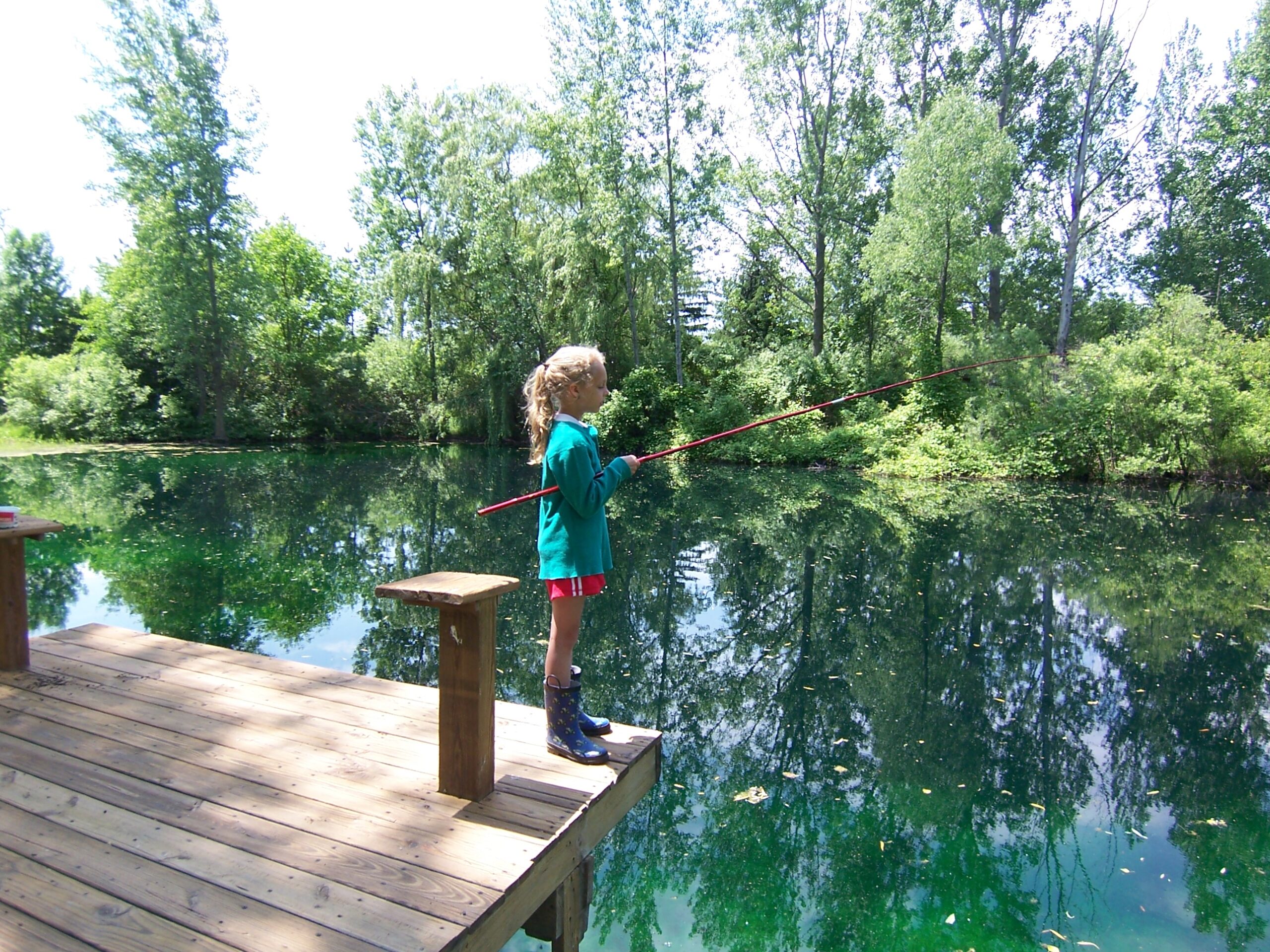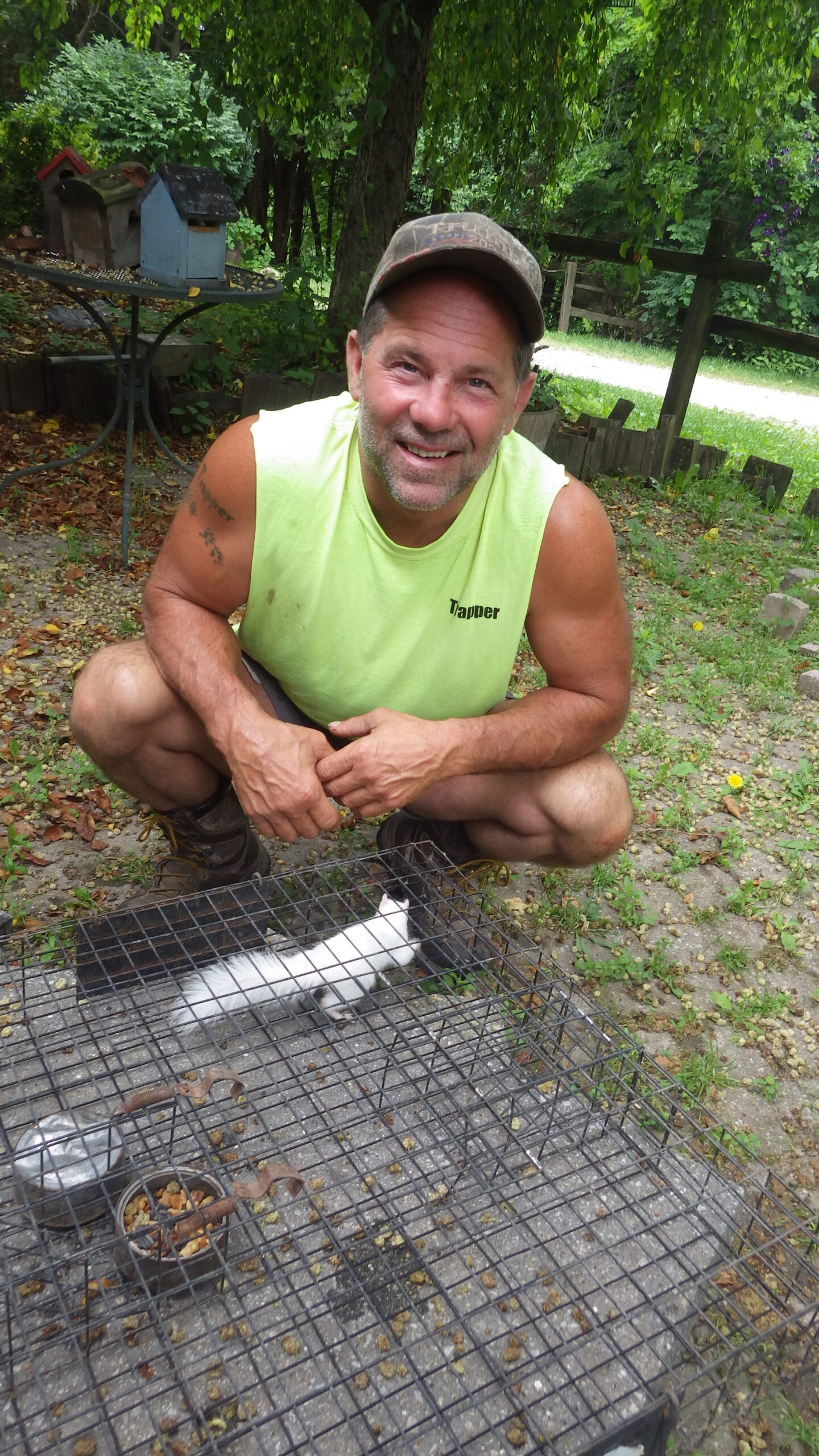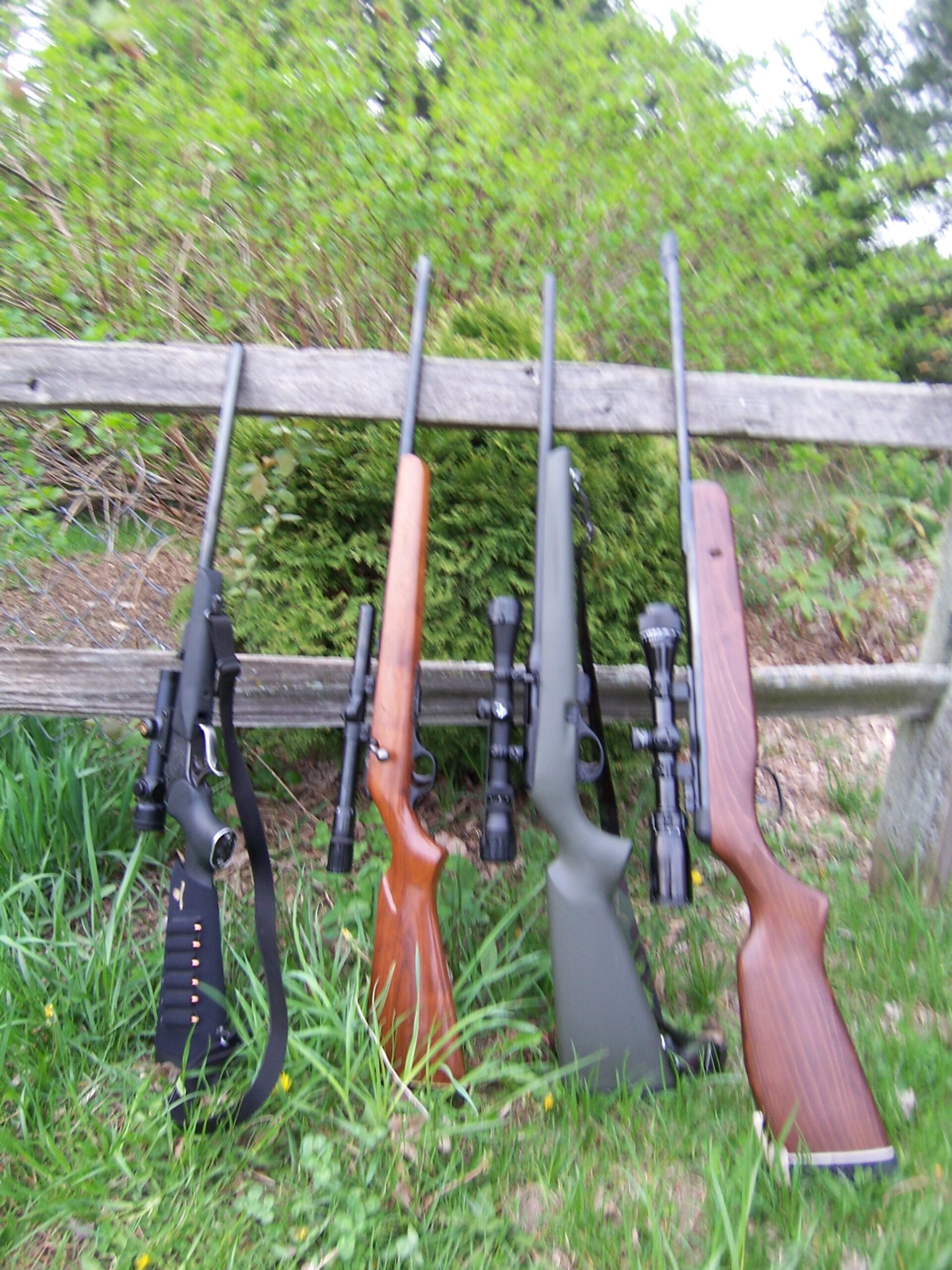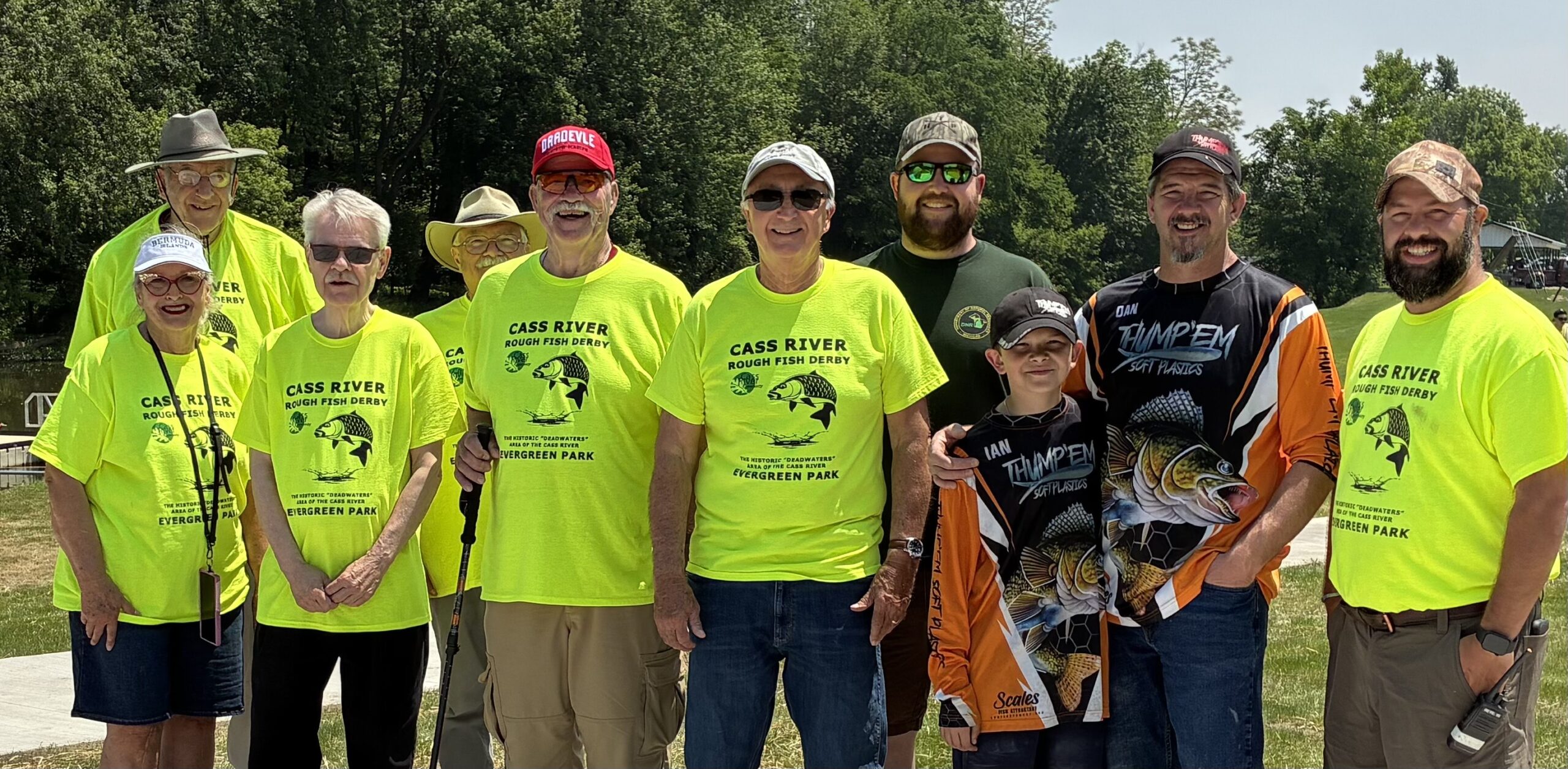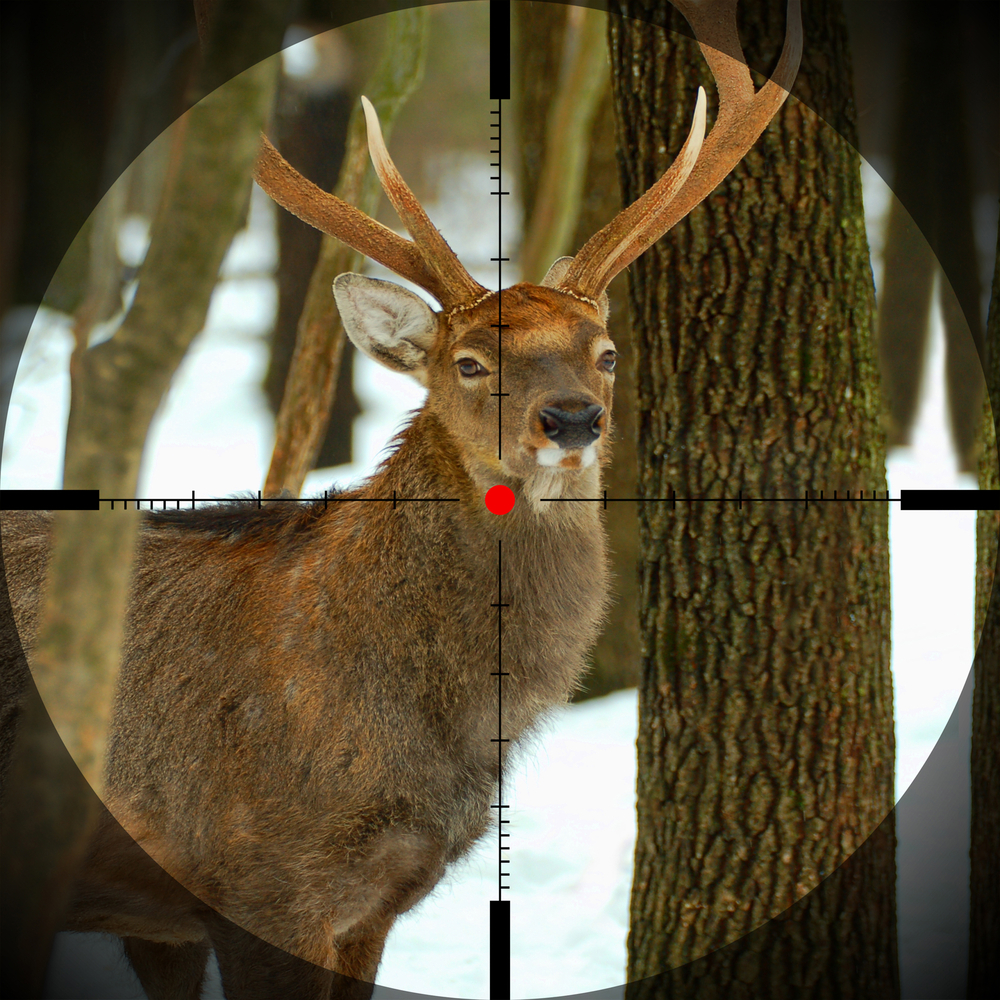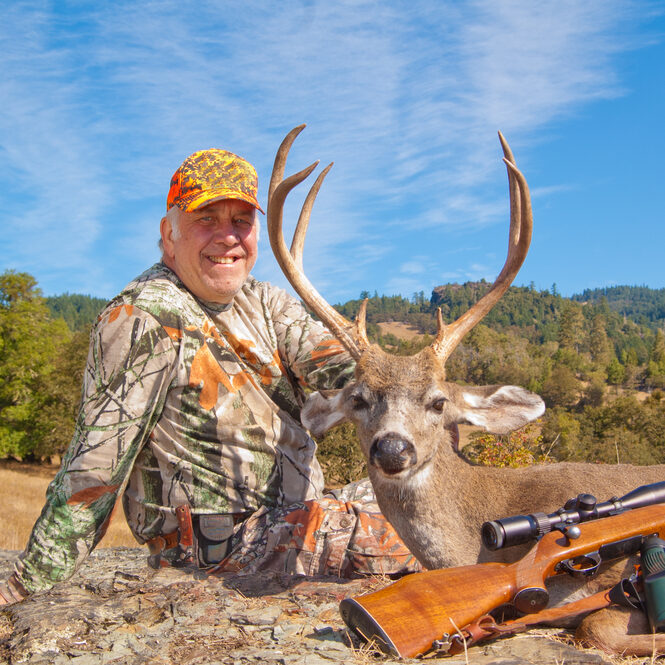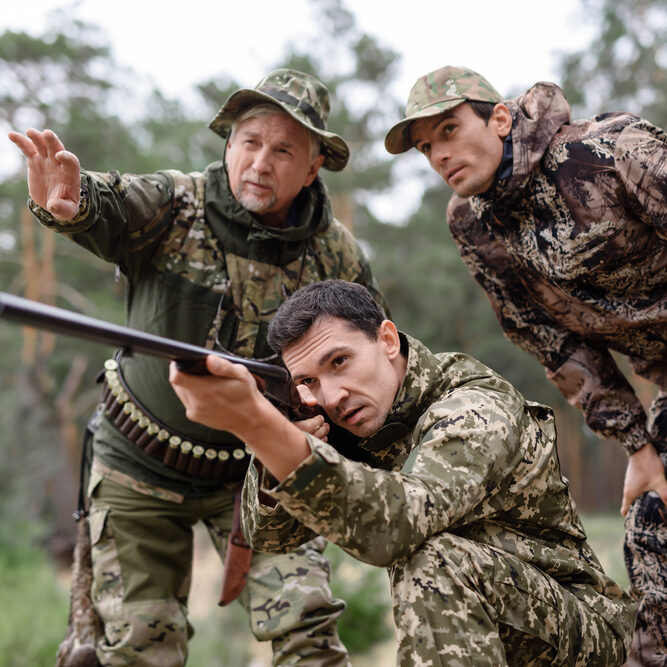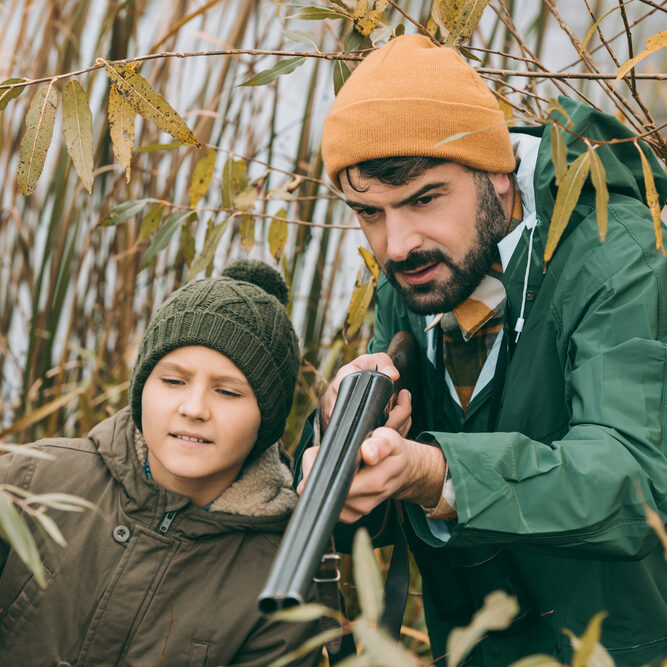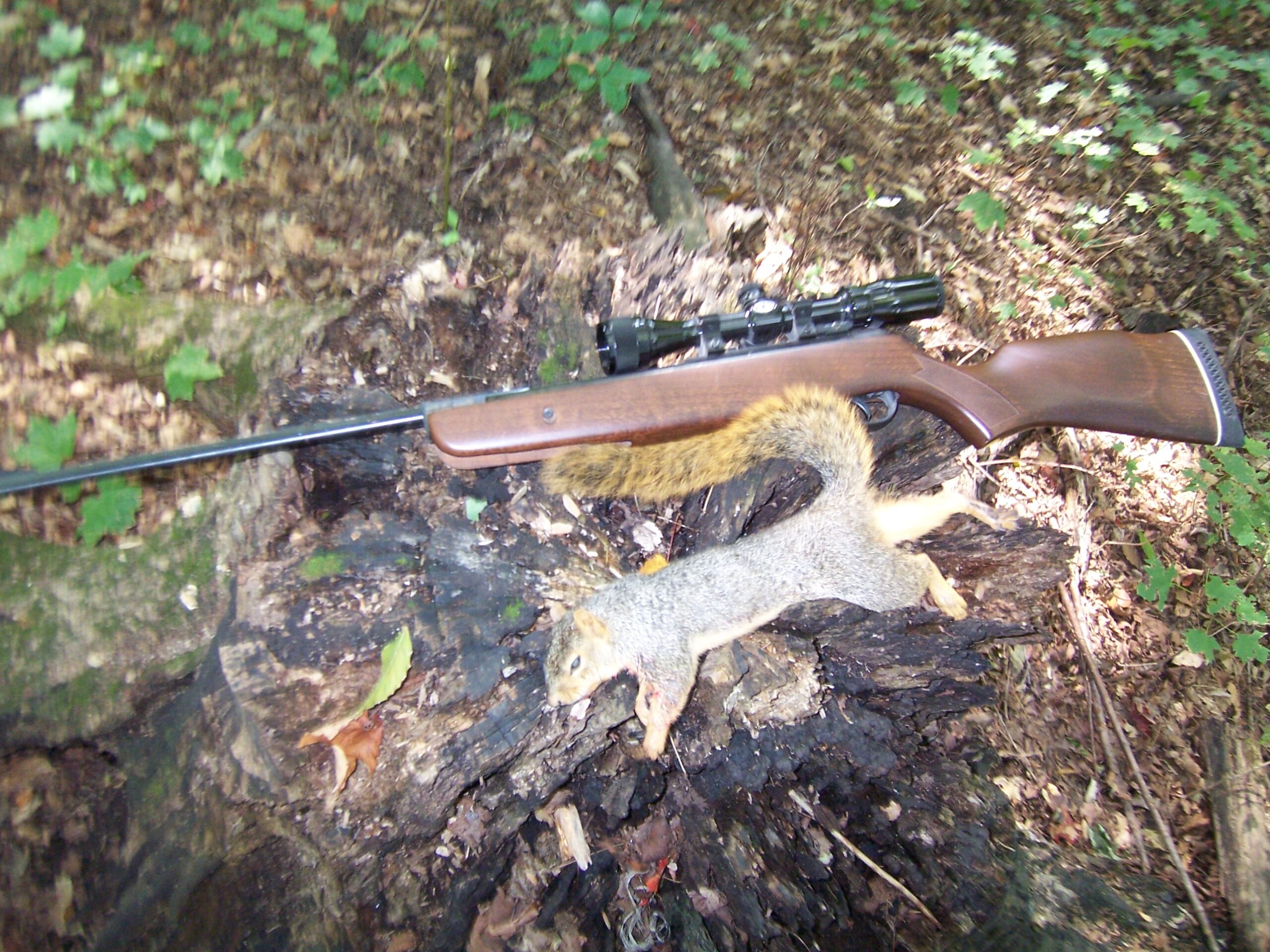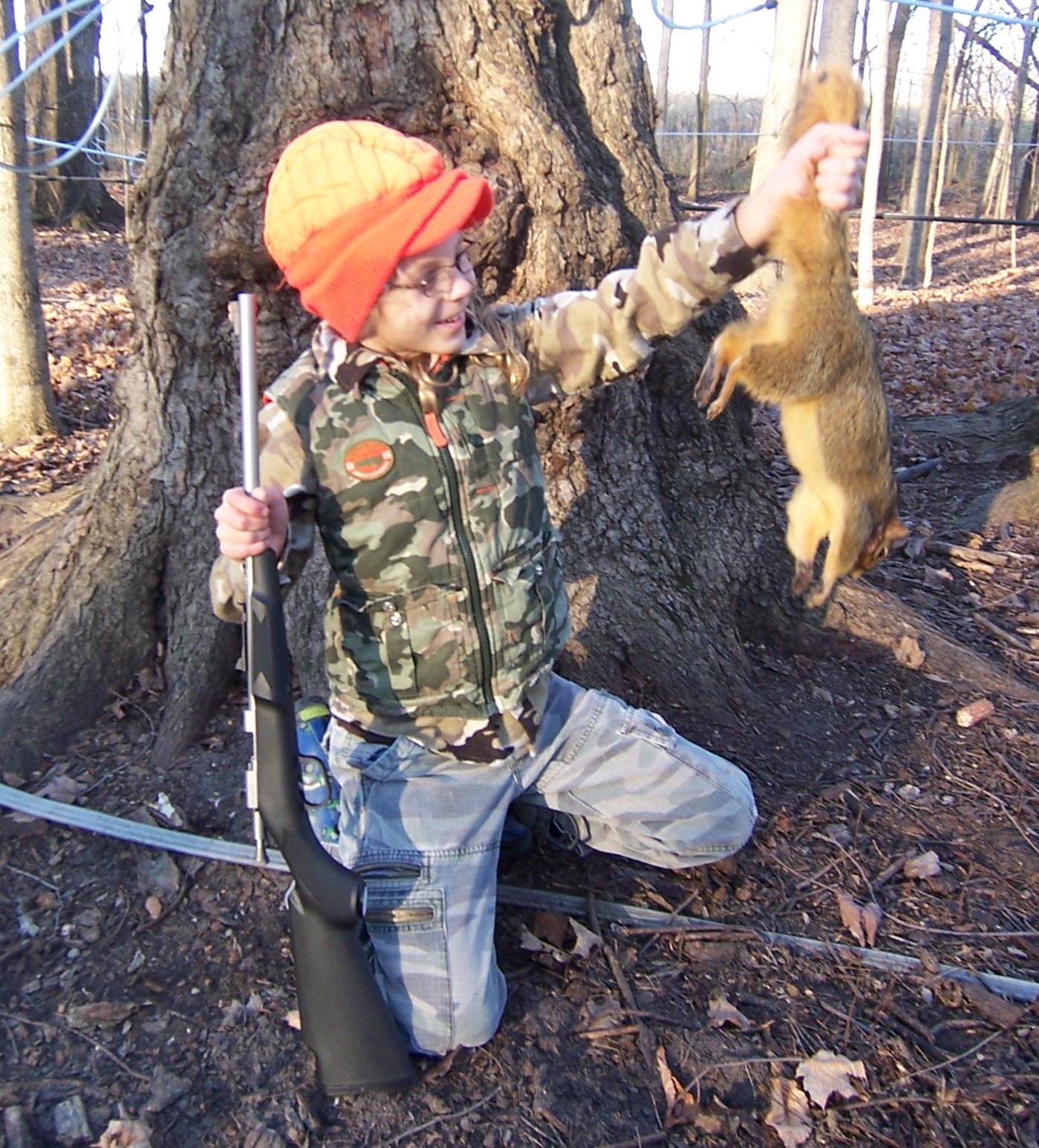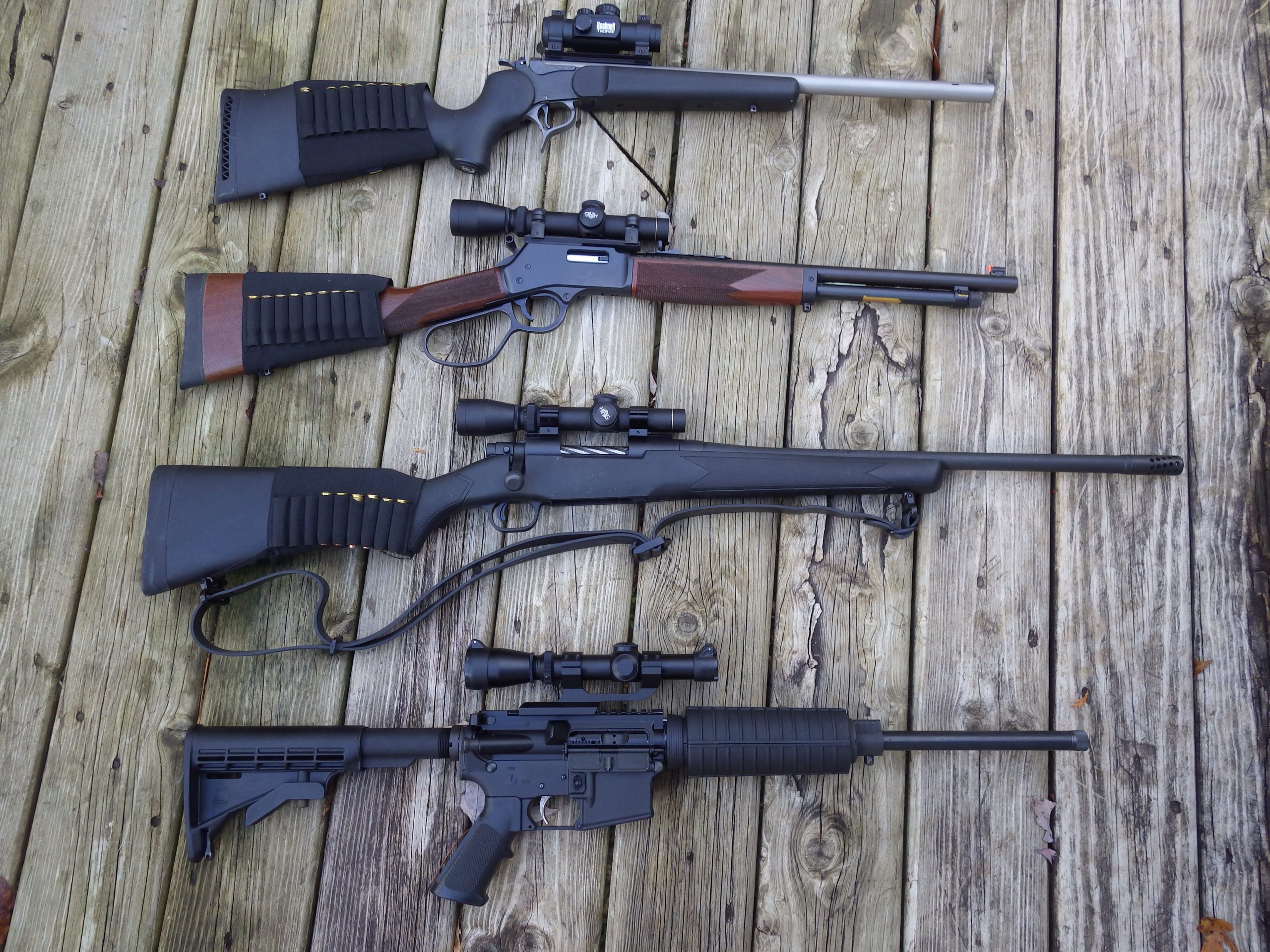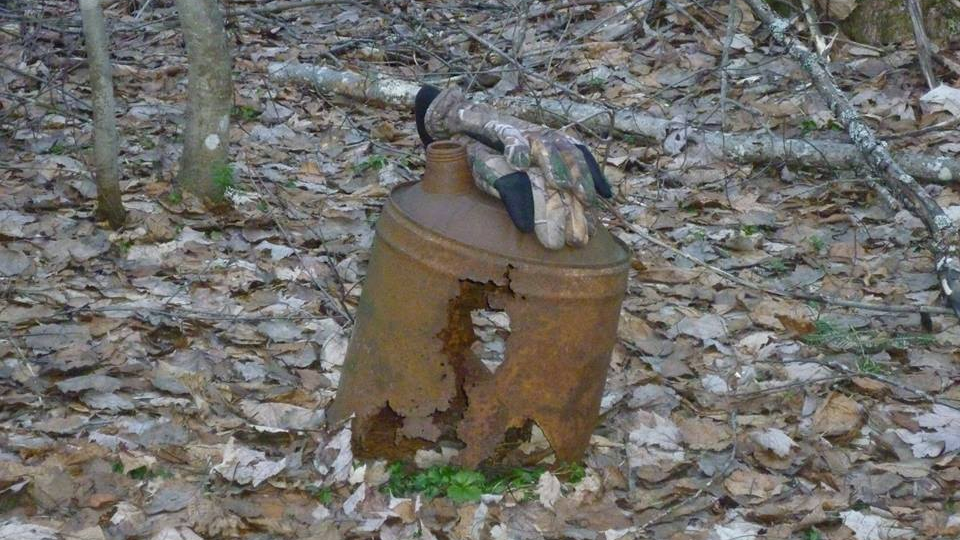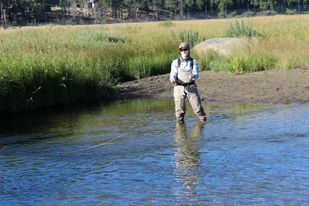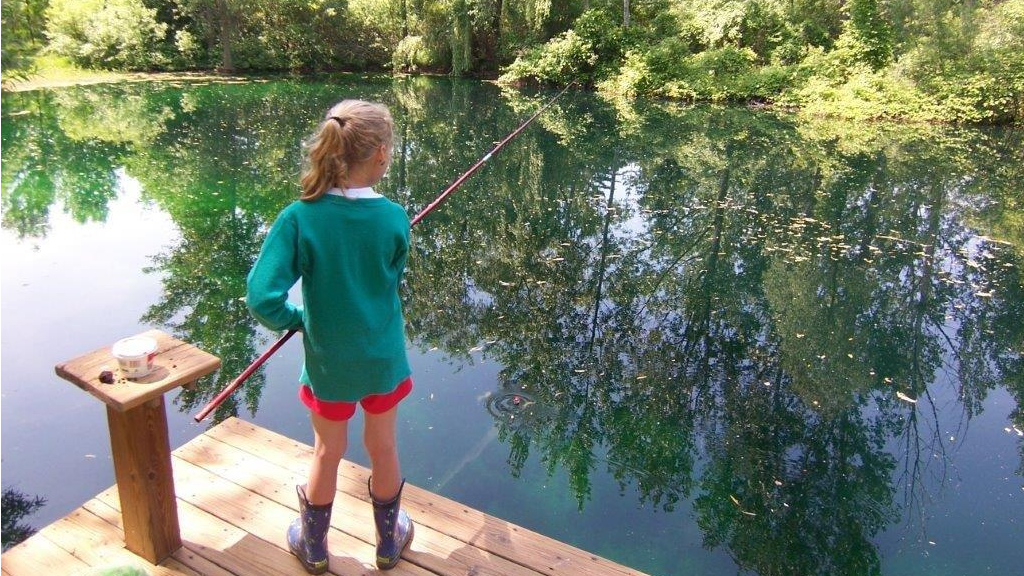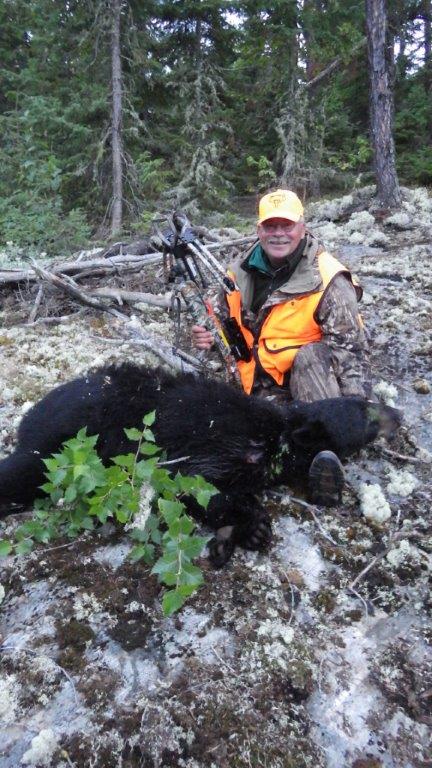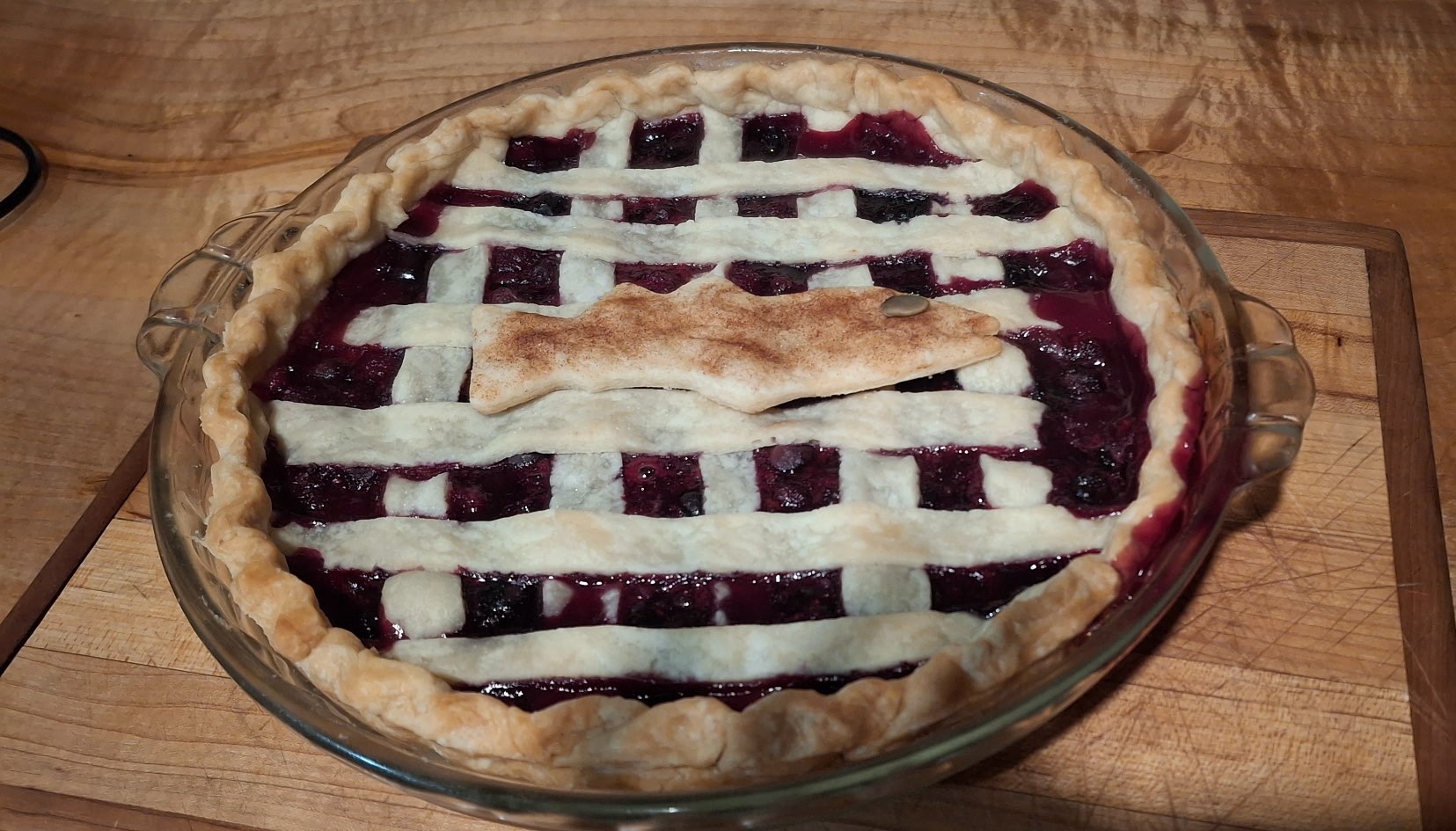IN CASE YOU MISSED IT
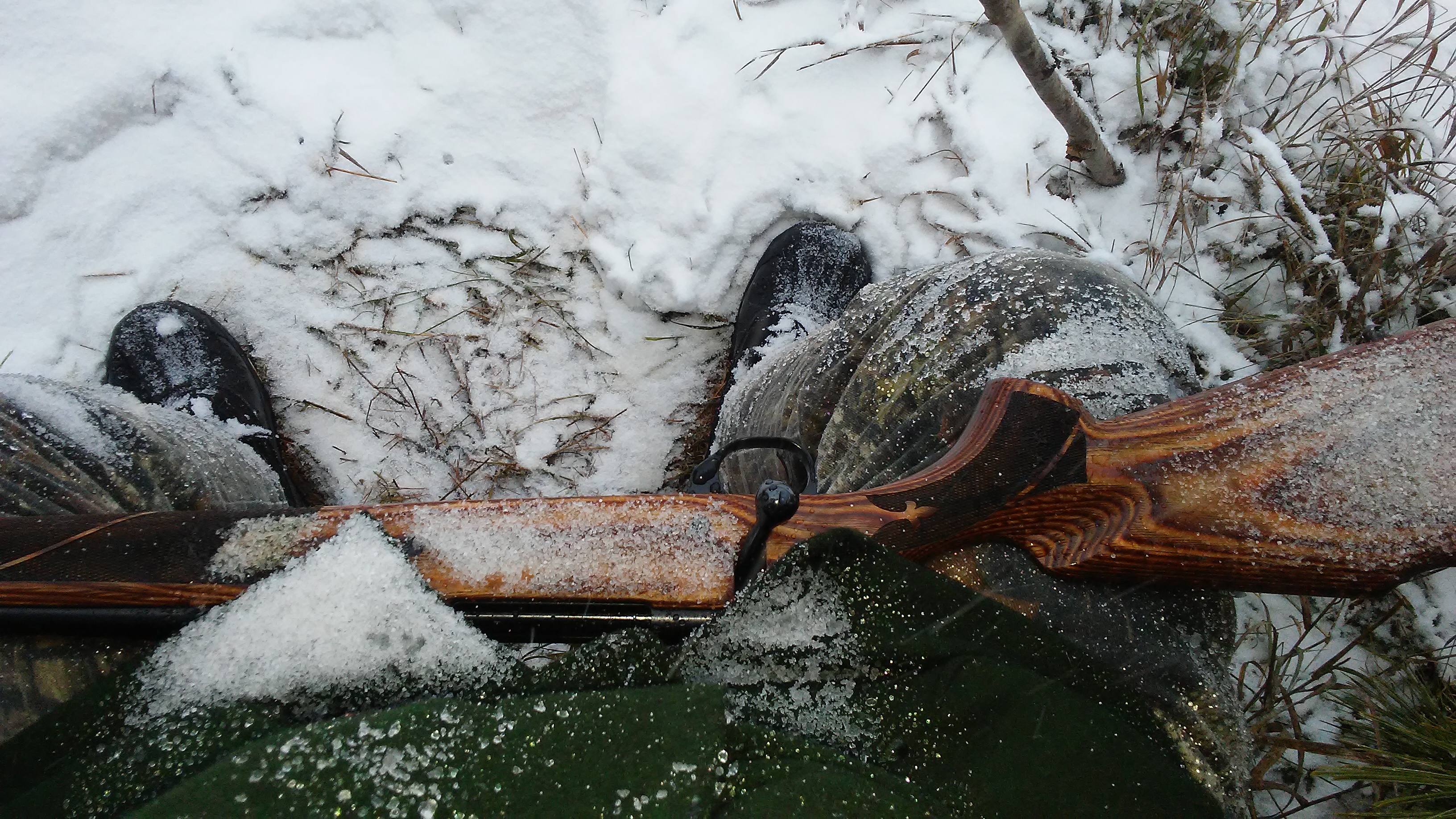
What deer hunting is really like
Written by a thousand deer hunters…. Months of anticipation, planning & preparation. Getting up early, sitting outside all day in…
Wild Game Dynasty
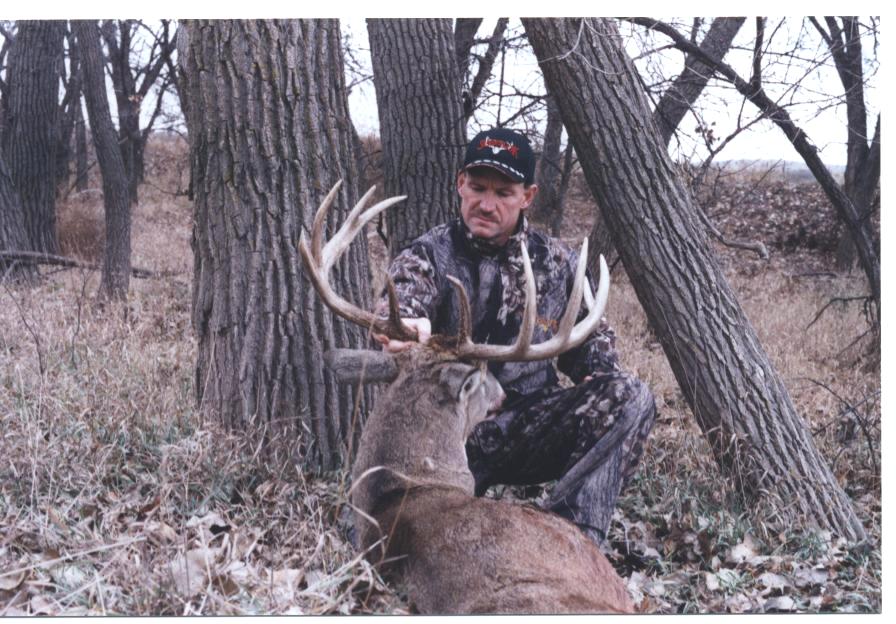
Active Scrapes, #1 Natural Hunting Location.
By: John Eberhart. As you likely know by now the Michigan NRC has banned baiting in 12 counties for the…
John Eberhart
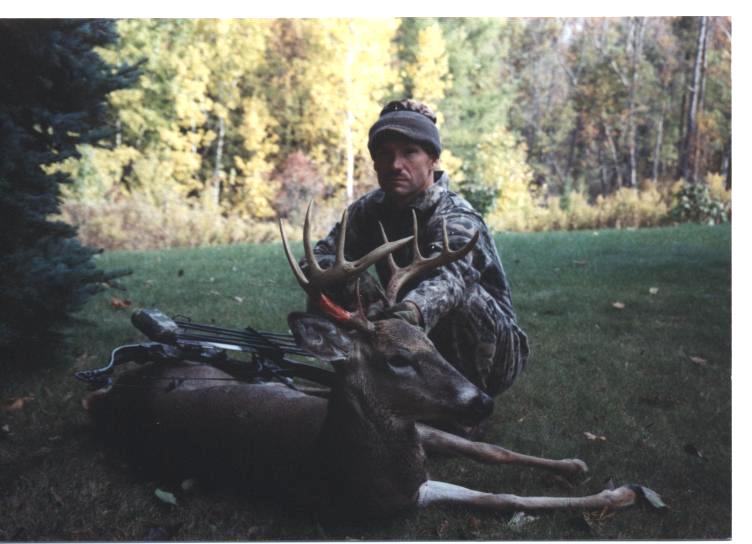
Scout Smart For Early Season Opportunities
By: John Eberhart. I don’t get it? There were several deer coming out into the soybean field every evening like…
John Eberhart
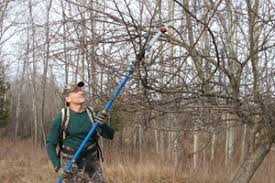
Deer Hunting Stands: Find the Best Funnels
Courtesy of John Eberhart & Deer and Deer Hunting Magazine. Deer & Deer Hunting presents an online hunting show for real-world…
John Eberhart
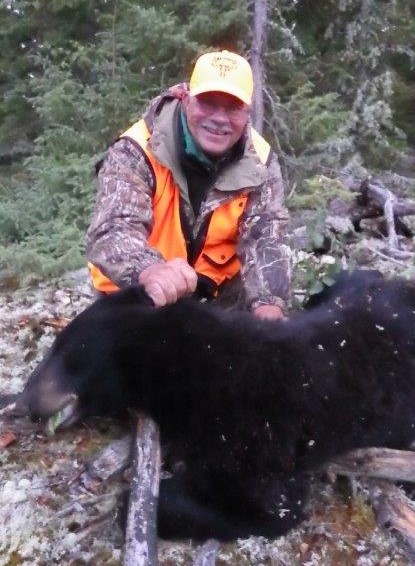
A spring black bear hunting season in Michigan would be a great alternative
By: Tom Lounsbury. The black bear is a very adaptable critter and can be found in a wide variety of…
Tom Lounsbury

Southern Michigan’s Straight-Wall Cartridge Revolution
By: Tom Lounsbury. In June 2014, Michigan’s Natural Resource Commission (NRC) changed what was once known as the “Shotgun Zone”…

